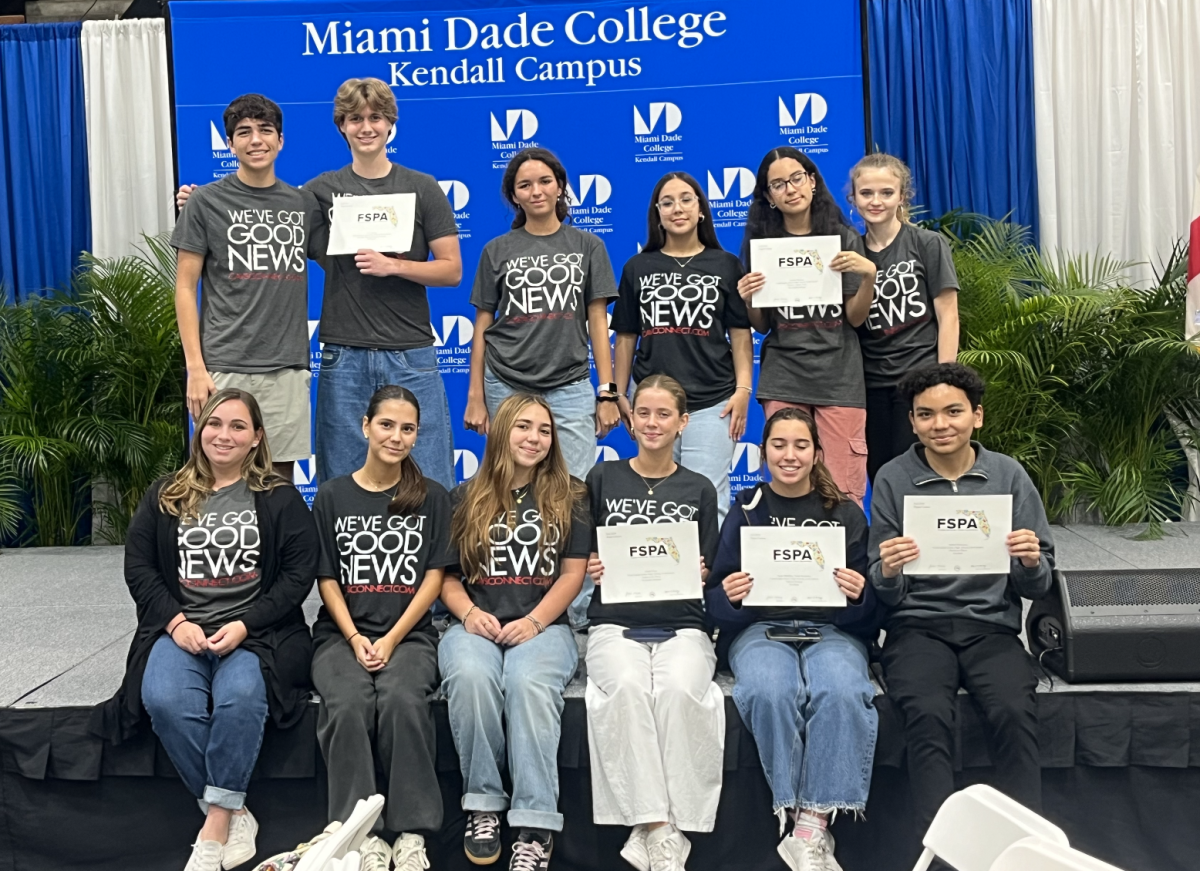Miami Seaquarium has long been a center for tourists and locals to enjoy swimming with dolphins, fish feeding and most importantly, the famous orca show. Since its opening in 1955, the aquarium’s history has been plagued by constant criticisms of the treatment of the marine animals. The most loved was the famous Lolita, a killer whale who amazed visitors and starred in the orca show.
On Thursday, March 7, Miami-Dade County finally made the humane decision to force an evacuation of the Miami Seaquarium. This evacuation canceled the lease on the seaquarium’s property, passing on ownership to Miami-Dade County while granting the Seaquarium until April 21 to vacate the property. This decision was highly influenced by the death of the lifetime performer of the inhumane attraction, Lolita; the evacuation was decreed five months after her death. It has marked an amazing turn of events for the marine animals who have lived in the callous captivity of the aquarium for most of their lives.
“I think it’s a good thing it’s closing since its mistreated a lot of animals with a lot of them dying like Lolita the orca. I feel like they should close because it’s bad for the animals and the integrity that the aquarium stands for,” freshman Arwen Law said.
Throughout the 69 years that the aquarium has been operating, it was responsible for incapacitating and killing multiple animals. It is a shock and a revolting offense that the county has taken so long to respond to these countless violations. However, despite the inordinate time it took, this decision was still made with the amelioration and health of the marine animals in conscience.
“I feel sad that the Miami Seaquarium is closing; I remember going on field trips there as a kid. I found it very insightful and fun as I was able to interact with the animals and see different shows. However, I do recognize that for many of these animals being held captive is detrimental for their health, so I know in some way it is better for the well-being of the animals. I hope that in the future, another aquarium opens, one that can be better suited for these animals and provide them a space similar to home,” junior Perla Santos said.
Many locals agree with the seaquarium’s closing, as protests against it are well-known amongst the residents of Miami-Dade County. Many protesters regularly stormed the parks and neighboring areas as groups, such as the People for the Ethical Treatment of Animals. Yet one universal outcome all protesters are ecstatic about is the eviction of the cruel attraction.
“I think that the Miami Seaquarium closing is a good thing, but I’m also sad for people who have sentimental childhood memories from field trips or from going with their families. However, I think it’s better for the animals that were held in captivity; they should be released for their health and well-being because in the end, the seaquarium was practicing animal cruelty,” sophomore Orly Schoolman-Wood said.
These protests increased over the years, with many people starting to take notice of the small size of the killer whale’s residence. The killer whale also faced harsh weather conditions as the aquarium was never properly protected; other marine animals suffered as a result. In addition, it was recorded that a staggering 120 dolphins and whales have faced death within the park.
“I just don’t understand how they could let it go on for this long; this should have happened a long time ago. It’s literal animal cruelty, no one does anything about it, and there’s still ignorant people who support it [the seaquarium],” sophomore Avril Donner said.
Regardless of relentless protests and the animal cruelty accusation, the Miami Seaquarium still has fanatically devoted supporters. Most of this support is due to the nostalgia that came from it and how it was a place for field trips and family outings. Yet these supporters are under the impression that there are no other children-oriented activities in South Florida. However, the Miami Children’s Museum, the Fairchild Tropical Botanic Garden and the Phillip and Patricia Frost Museum of Art are all places where generations of children can make new memories.
Miami Seaquarium’s criticisms root from their decisions to prioritize profit and visitors instead of the lives and welfare of the animals they themselves profit off. Violations include disrepair in the dolphin pools, inadequate staff, insufficient space to hold the animals and much more. These violations lead to the harm of these animals who have done nothing to deserve these atrocious conditions and horrible treatment.
In addition to the eviction, the Miami Seaquarium should suffer further consequences for the barbaric treatment of the animals in their possession. Further consequences could be hefty fines or imprisonment, placed on the Seaquariums’ officials. Nevertheless, the foremost priority in the closing of the Miami Seaquarium is that the animals that have spent so many years under inhumane conditions can now return to the ocean and live freely.











